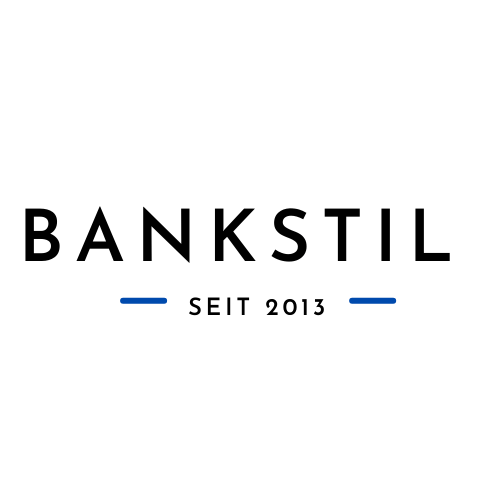We analyse the total and directional spillovers across a set of financial institution systemic risk state variables: credit risk, real estate market risk, interest rate risk, interbank liquidity risk and overall market risk. A multiple structural break estimation procedure is employed to detect sudden changes in the time varying spillover indices in response to major market events and policy events and policy interventions undertaken by the European Central Bank and the Bank of England. Our sample includes five European Union countries: core countries France and Germany, periphery countries Spain and Italy, and a reference country, the UK. We show that national stock markets and real estate markets have a leading role in shock transmission across selected state variables; whereas the role of the other variables reverses over the course of the crisis. Real estate market risk is also found to be mostly affected by country specific events. The shock transmission dynamics of interest rate risk and interbank liquidity risk di↵ers for the UK and Eurozone countries; empirical results imply that interest rate changes lead changes in interbank liquidity …
Our results indicate that the relative importance of individual state variables is timevarying and exhibit strong country specific features. Overall, the national stock market indices and the real estate indices appear to lead the shock transmission across the five state variables. This lends support to the view that the shocks to the equity market and the real estate sector have a strong influence on the stability of financial institutions. The spillover dynamics of the real estate risk variable di↵ers significantly within the countries in the sample. This indicates that real estate market risk is mostly a↵ected by country specific events. We also document that the shocks to interest rate term spreads appear to transmit to interbank liquidity spreads rather than vice versa; this is suggestive that interest rate changes lead the changes in interbank liquidity.
Quelle / Link: Spillovers in Risk of Financial Institutions
